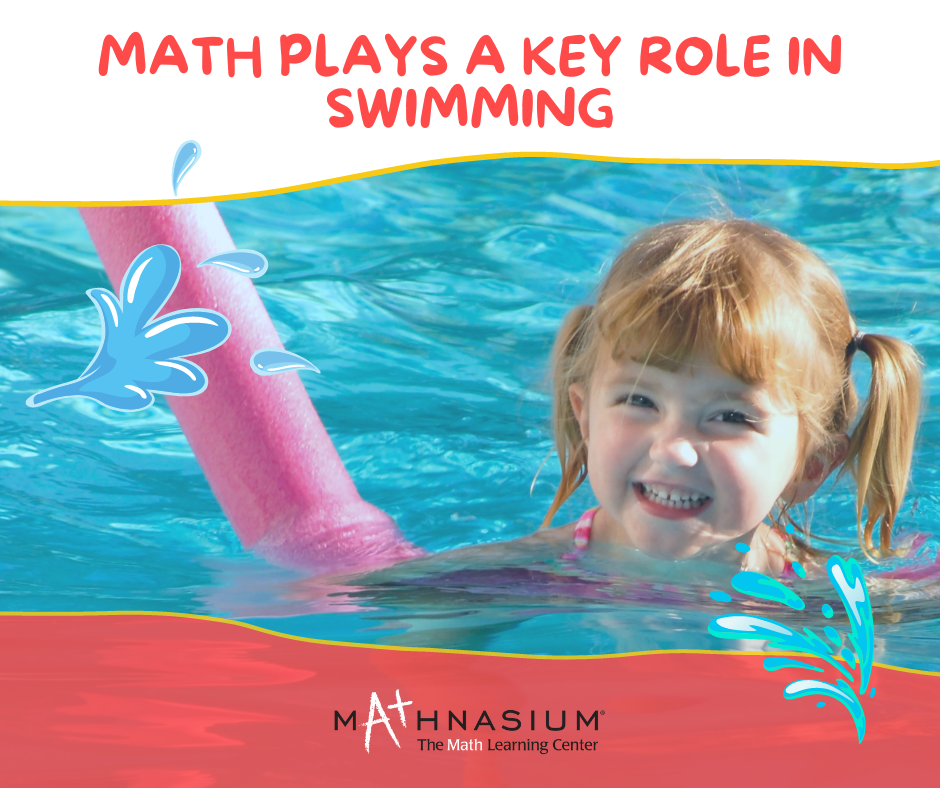Most people know that swimming faster and stronger requires a lot of practice and energy. But what if we told you that understanding math, especially algebra, makes you swim faster? Curious? There are many reasons that swimming is related to math, such as distance, time, stroke cycles, and even stroke techniques. Let's have a look.
Distance:
Swimmers swim a certain number of yards or meters during an event. It is possible to convert these yards or meters into the opposite measurement and that practice is quite common when calculating stroke distances, especially here in the US. Converting the distance obviously requires a simple mathematical computation but never the less a necessary one.
Stroke cycles:
Swimmers take specific stroke cycles when swimming a lap. Many swimmers count the number of stroke cycles they use in a lap. They use their time and divide by the number of strokes they take to help them find how long it takes to complete one stroke.
Algebra comes into play when calculations require estimating the speed required to traverse the distance to reach the endpoint of the pool.
Stroke Technique:
Even the technique of swimming uses ideal angles and degrees:
- The angle at which you push off the wall (180 degrees for pushing the wall)
- How much do you rotate when you do a flip turn (180 degrees of rotation for turns)
- The fastest angle for diving off of the starting blocks (120 degrees for diving off the block)
Between using the clock, improving your efficiency to lower the stroke count, and speeding up your tempo, you can find a way to use math to drop time in your swims. As a swimmer or a coach, you’ll never say, “I’ll never use math again!”



 (516) 400-6284
(516) 400-6284







